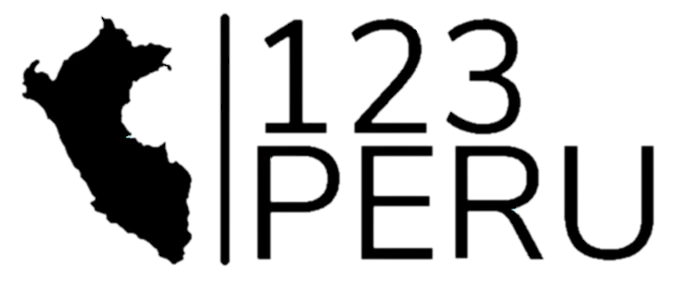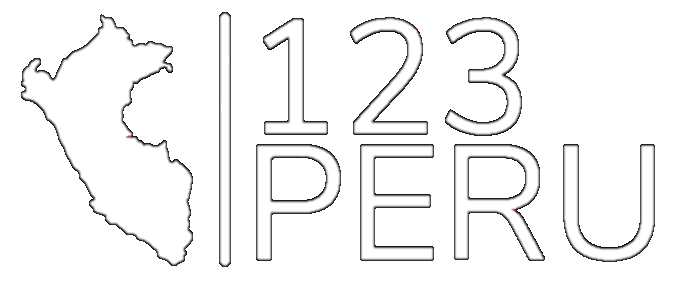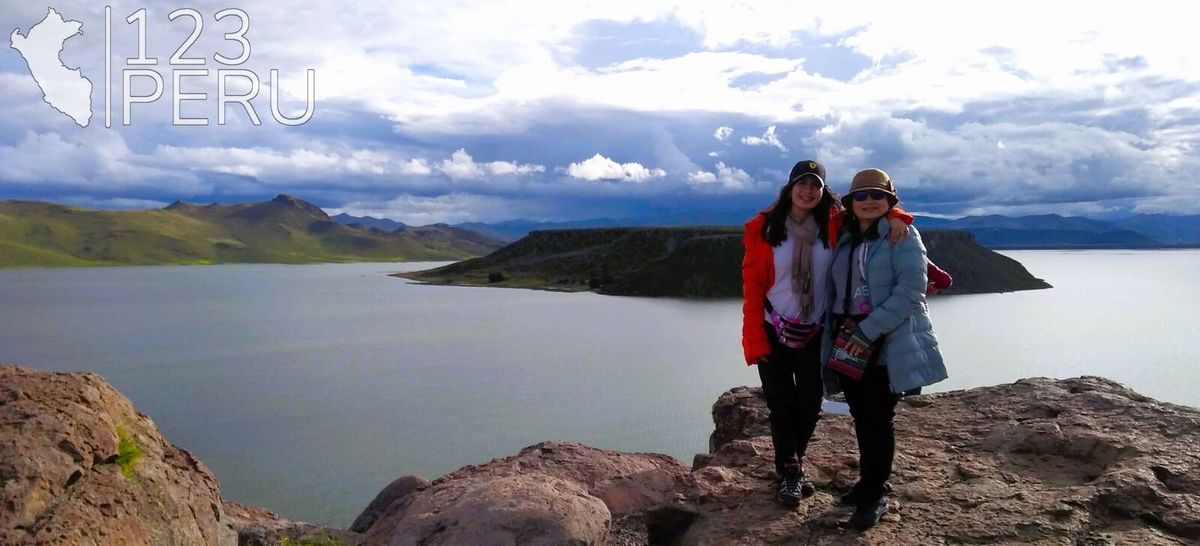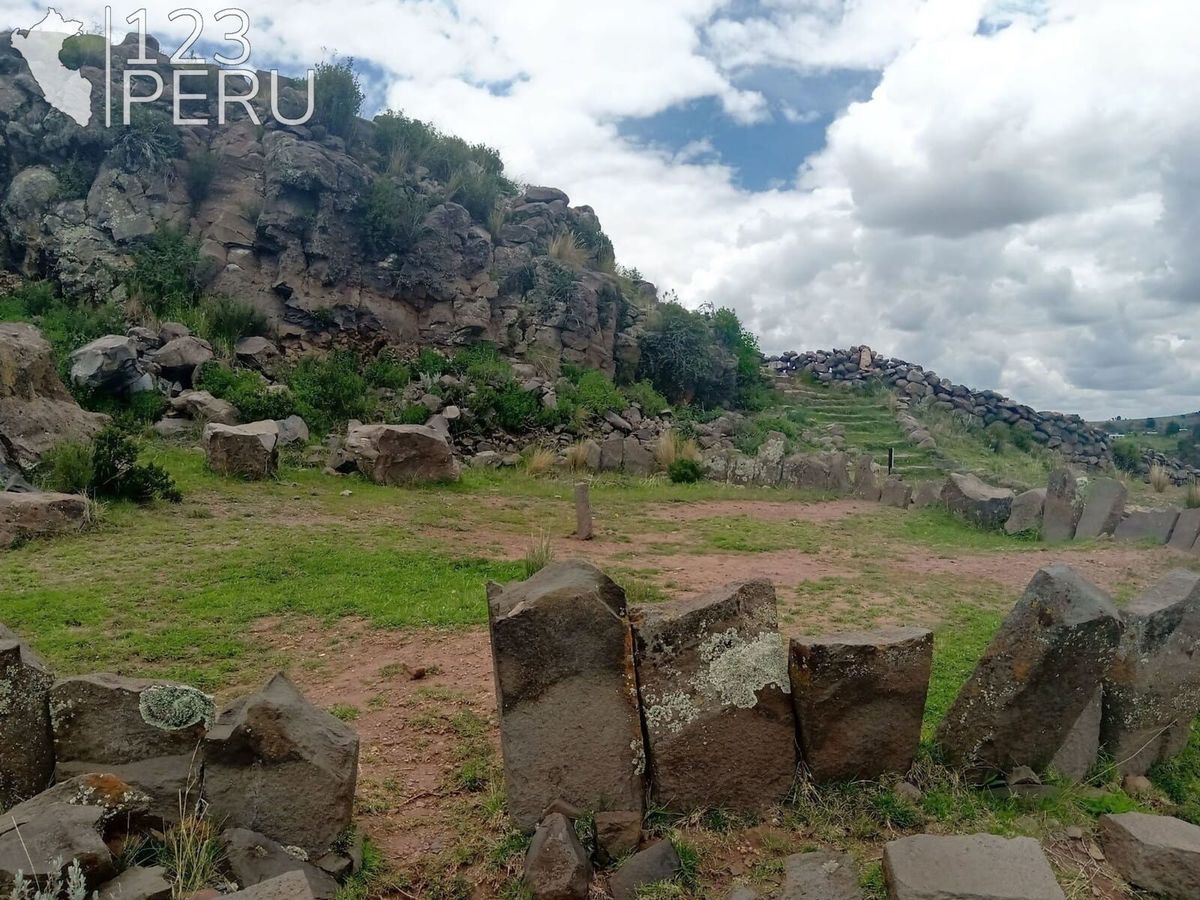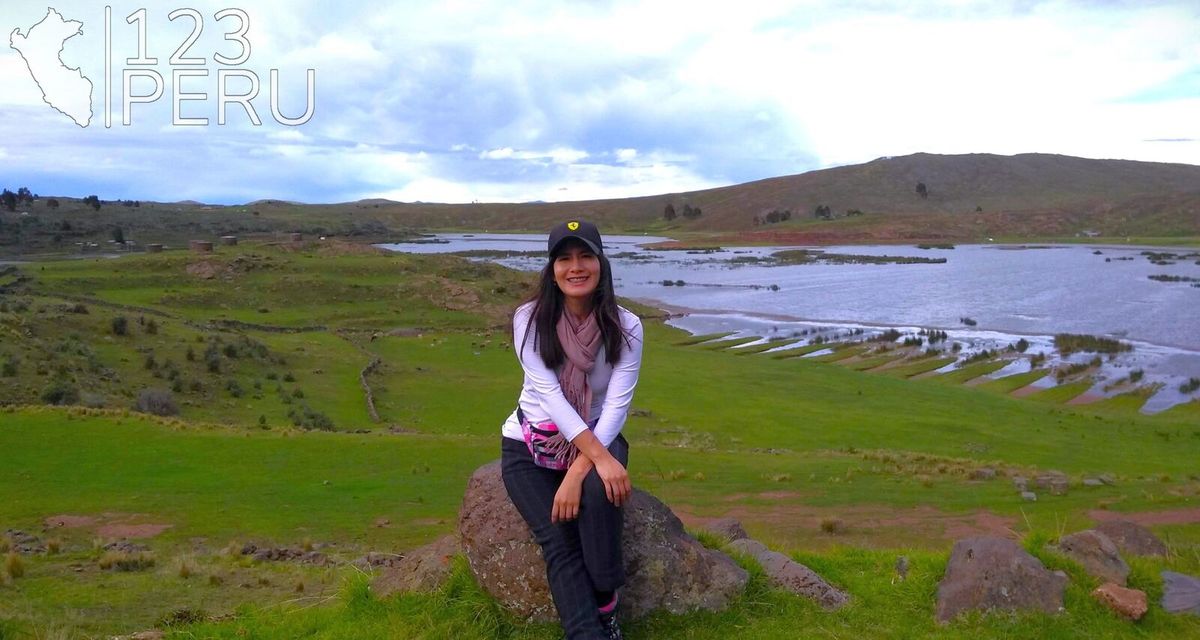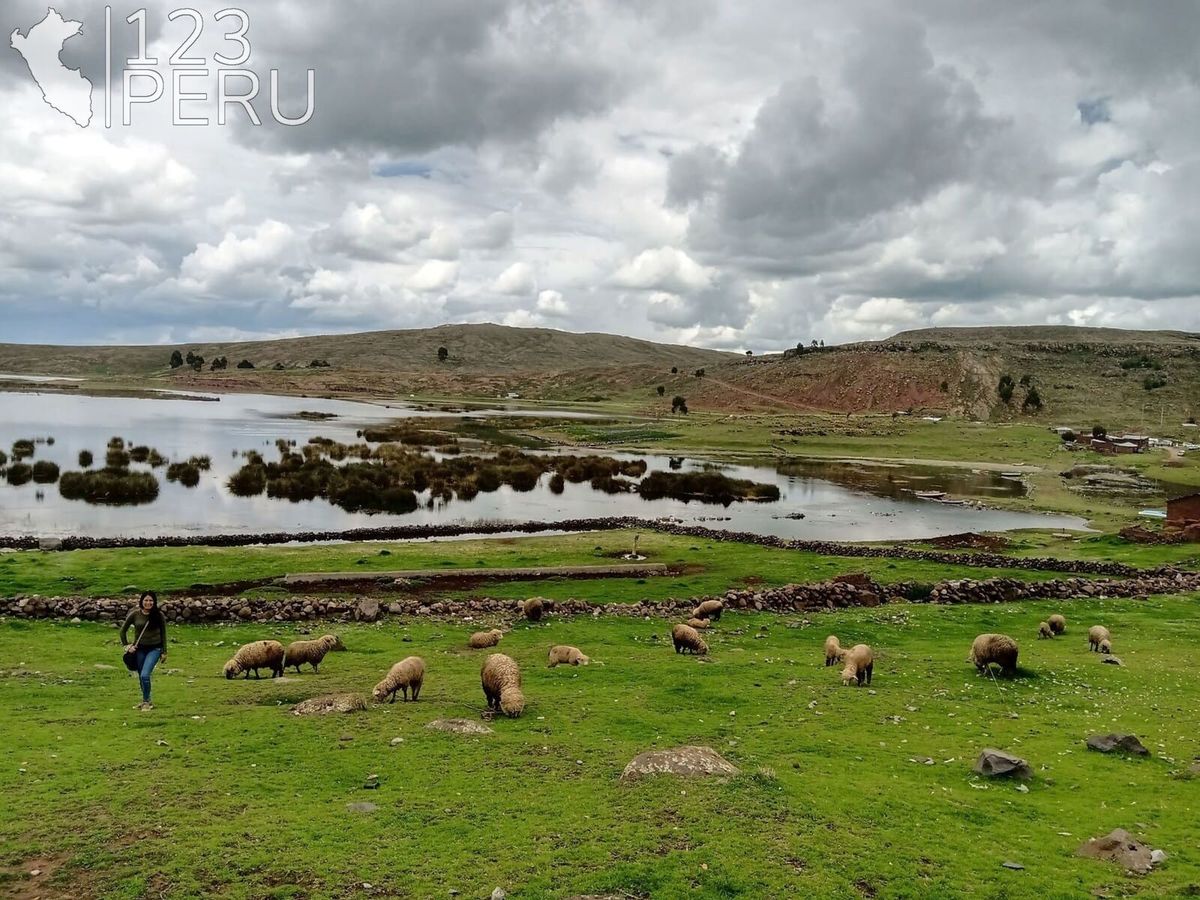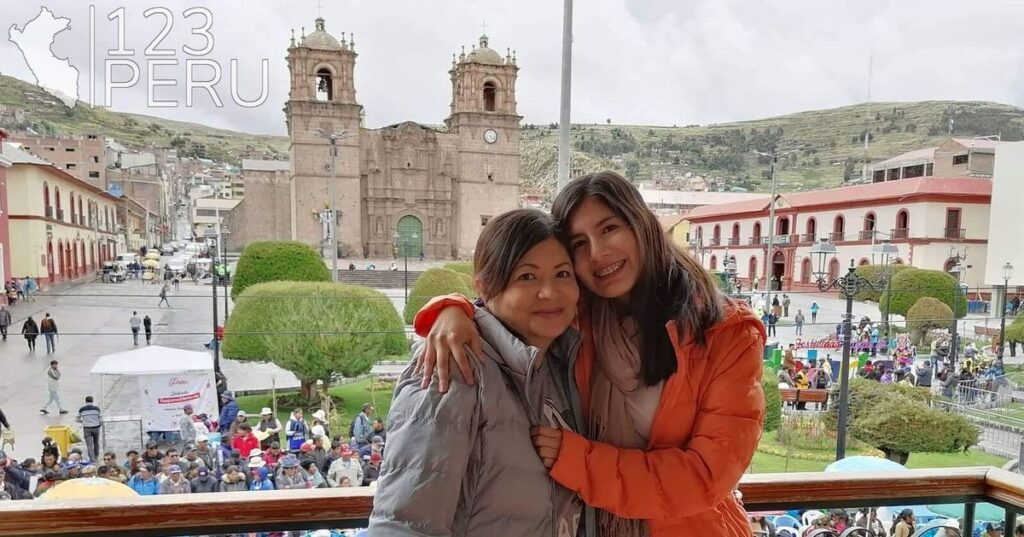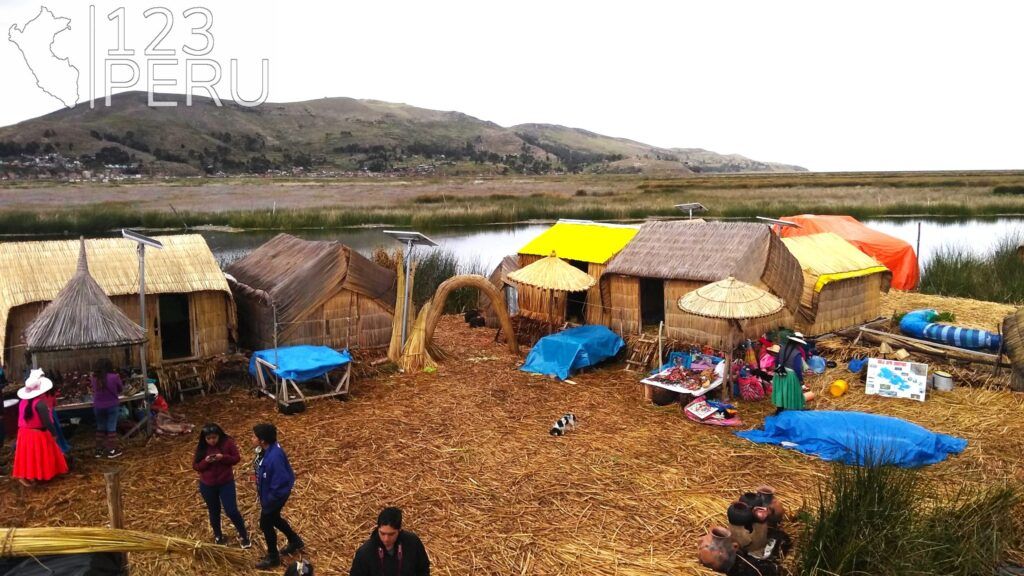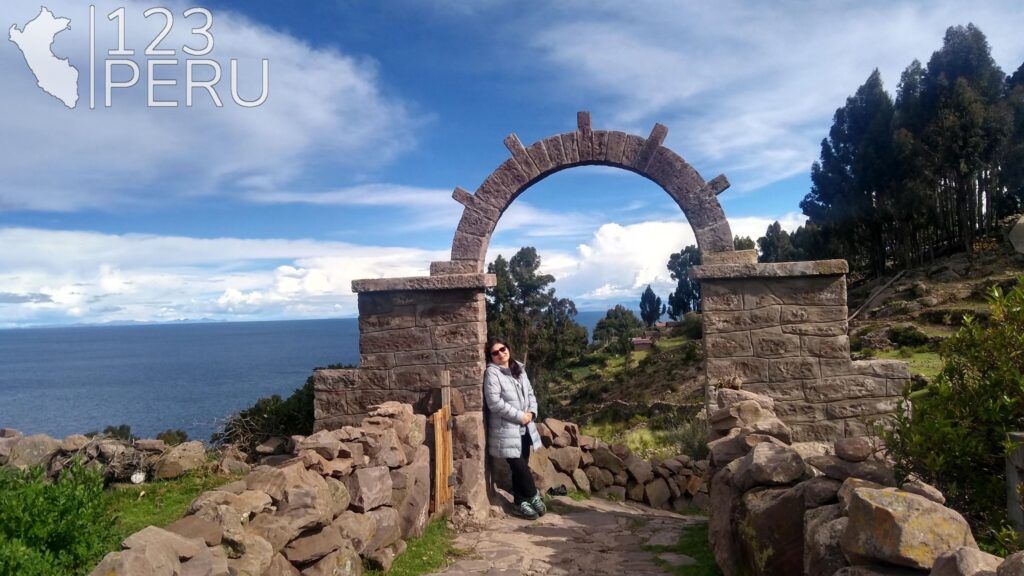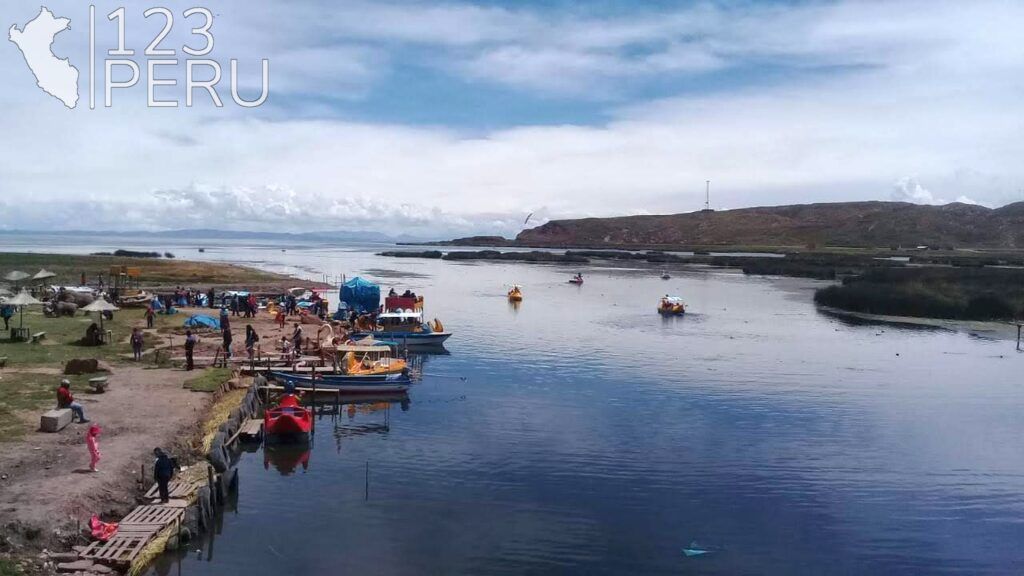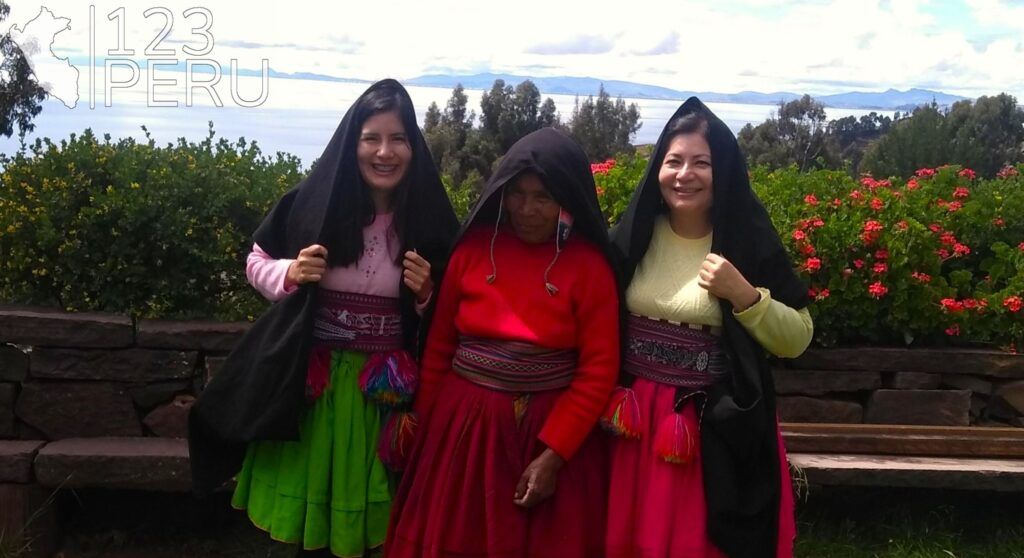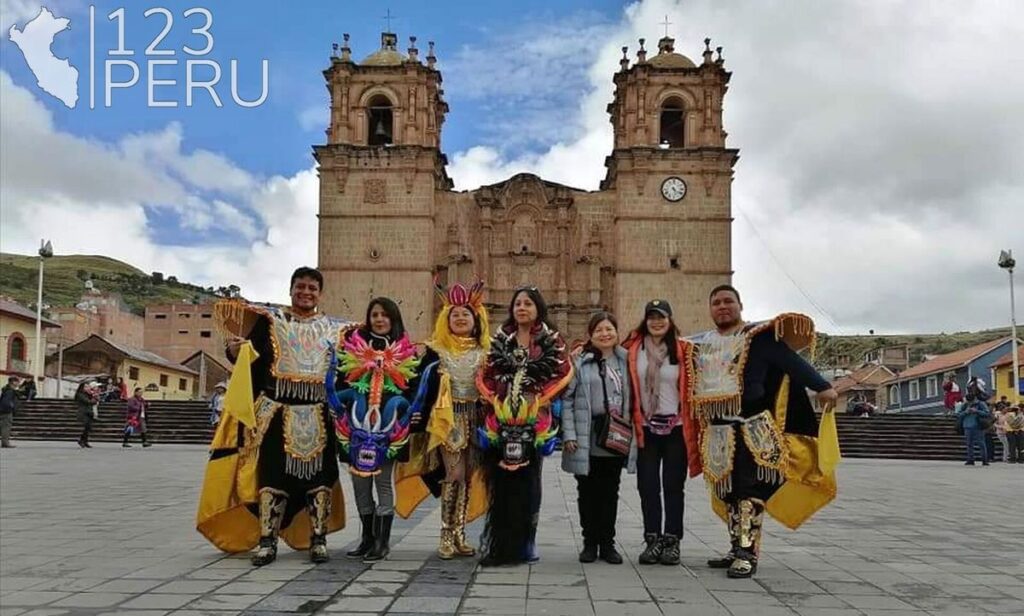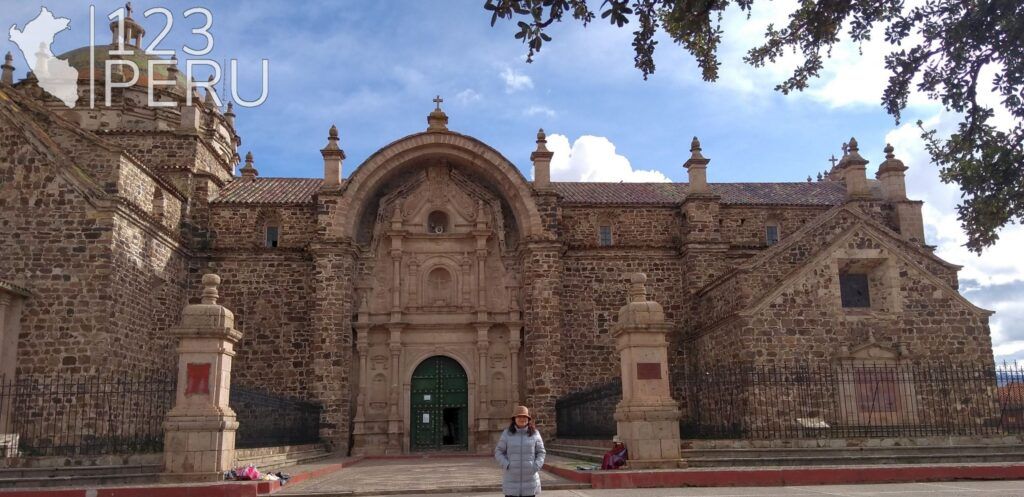Inca Archaeological Complexes in Puno
If apart from Lake Titicaca and its islands, you want to visit places where you can learn and connect with the ancient history of Puno, I recommend you to visit some of the various archaeological complexes that have this wonderful province of Puno. Here I present 2 very important and recognized archaeological complexes in Puno.
Chullpas de Sillustani: Most emblematic Inca Cemetery in South America
This mystical Archaeological Center of Sillustani or also known as Chullpas of Sillustani is an important cemetery of the Kollas, Tiahuanaco and Inca Culture, declared as Cultural Patrimony of the Nation in 2003. Chullpas is a word in Aymara (Peruvian language) that means funerary or dead body.
According to history, it was the Kollas Culture who built the first buildings that served to bury the great representatives of their people, such as nobles, priests and rulers, so that later the Incas did the same and buried their dead there.
These structures of cylindrical shapes reach up to 15 meters high and are made of stone, mud and ashlar. Inside these tombs mummies were found in fetal position and different offerings, such as food, colorful clothing, ceramics, textiles, and precious metal utensils made of gold, silver and copper.
An interesting fact that makes this burial complex even more attractive is that it rests on the shores of Lake Umayo, a beautiful lake, which gives a spectacular view of the site. The energy of this place is special, many travelers say that it feels like being in Machupicchu, Cusco.
Location: 34 kilometers from the center of the city of Puno
Admission hours: Monday to Sunday from 8:30 am to 5:30 pm (reference time)
Admission fee: Adults: 15 soles (reference price)
At what altitude are the Chullpas of Sillustani in Puno?
The Chullpas of Sillustani are located at 3,909 meters above sea level.
What activities can you do in the Chullpas of Sillustani in Puno?
Walk the trail with sheep, alpacas and llamas.
This is a simple but entertaining activity, when you are on your way to the Sillustani Chullpas you will find several of these animals feeding on the vegetation.
Boat ride on the Umayo Lagoon
Taking a boat ride to admire the nature of a place is always a unique and entertaining activity, the lake is full of vegetation and there are also many birds to admire. The Umayo Lagoon is located just in front of the Sillustani Complex.
Visit the Atuncolla Village
In this beautiful village you can appreciate how the families of this small place live, buy typical food, handicrafts made by the villagers themselves and appreciate their agricultural system to protect their crops which they call Waru Waru and consists of platforms of water channels.
Sullustani Site Museum
I recommend this museum, it has a large collection of pieces of the Colla, Tiahuanaco and Inca cultures, most of these were extracted from the same Chullpas of Sillustani and its surroundings. The pieces are ceramics, funerary bundles (looms with which the mummies were wrapped) among other objects. If you want to know a little more about the history of this complex, I suggest you visit this museum. The entrance fee is approximately S/. 5 to 10 soles (USD 1 to 2 dollars) per person.
How to get to Chullpas de Sillustani in Puno?
By public transportation
In the Terminal Virgen de Fatima, which is located in the city of Puno, you must take a bus or car (public cab) bound for the province of Juliaca, I suggest you tell the driver that you want to get off at the detour to Chullpas, the journey takes about 30 minutes and the cost of the ticket is less than S / 5 soles (USD 1 dollar) per person.
From the Desvío de Chullpas bus stop you must take another bus or collective car to the Chullpas de Sillustani, the cost of this route is between S/. 1 or 2 soles (USD 0.20 dollar) per person, approximately, do not forget to tell the driver that you want to get off at the Chullpas de Sillustani bus stop. I suggest you use Google Maps to have a reference of where to get off.
To return to the city of Puno you have to do the same, but in reverse. I suggest that you consult with the same drivers of your outbound trip, about the schedules of the return buses to be able to return without problems.
The address of the Terminal Virgen de Fatima: Av. El progreso with Calle Virgen de la Candelaria, Puno.
By car
Traveling with your car by road I think it is the most convenient option if you want to have privacy and travel alone with your family, in case you do not have a car a good option is to rent, you can also reach several of the tourist destinations in Puno by road, so you would save on tourist service.
From the city of Puno by private road you will travel 34 km and reach the Chullpas of Sillustani in about 1 hour.
With a tourist agency
The cost is always a little higher than going on your own, but there are many who prefer the comfort of a travel agency and disconnect a little from the worry of traveling on your own. One of the advantages of traveling with a tour agency with a professional guide is that they will tell you historical and important details about the history of the Chullpas of Sillustani.
The price of the tour per person is between S/. 40 to 60 soles (USD 11 to 17 dollars) and the duration is between 3 to 4 hours, usually departing from the Plaza de Armas in Puno.
